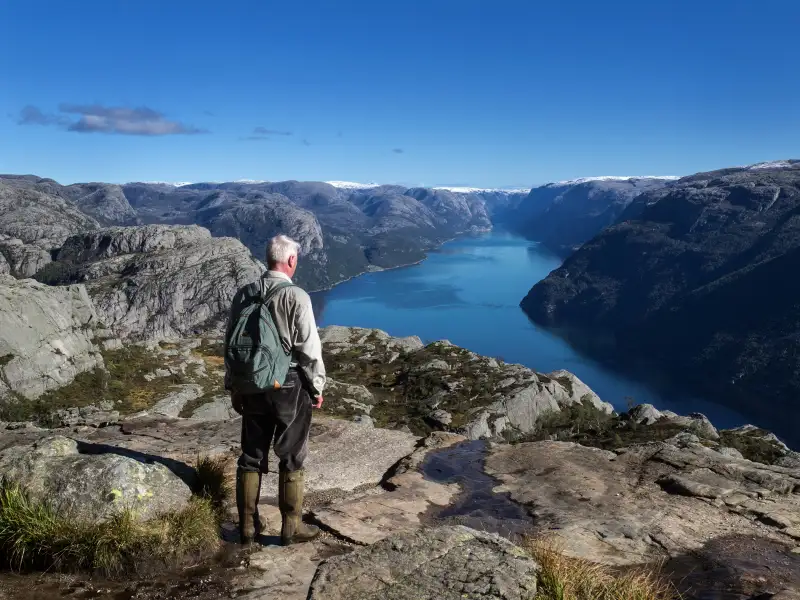Why Norway, Switzerland Beat the U.S. in Retirement Readiness

Ensuring a soft landing for the millions of workers that reach retirement age every year is a global concern, one that Northern Europe seems to be dealing with most effectively while the U.S. stumbles, new research shows.
Seven of the 10 most retirement-ready nations are in Northern Europe, including Norway, Switzerland and Iceland in the top three spots, according to the Natixis 2016 Global Retirement Index. New Zealand and Australia also rate highly. The U.S. comes in at No. 14 on a list of 43 developed nations.
The ranking by the global asset manager takes into account each nation’s economic health, including indebtedness, tax policy and inflation rate. It also factors in health issues including life expectancy; quality-of-life issues including general happiness; and material well-being defined by income equality and employment.
Northern Europe gets the highest marks in three of the four categories—health, quality of life, and material well-being. It scores less well in economic categories, where Australia and New Zealand shine. The U.S. rates relatively well in economic categories and health. But the U.S. rates near the bottom for material well-being, largely due to a wide and growing gap between the incomes of the wealthy and everyone else.
Income equality is an important input because where incomes are skewed to the wealthy more people may need assistance, which puts stress on a nation’s finances and undermines retirement security for the masses. About half of U.S. personal income goes to upper-income households today, vs. less than a third in 1970, Pew reports. About 43% of U.S. personal income goes to middle-income households today, vs. 62% in 1970. Look here for a stunning visual.
The news is not all good for Northern Europe. These countries rate well today because along with strong quality of life and health-care readings they also have well-established public pensions and a corporate culture of maintaining private defined-benefit pensions. But the times may be catching up with them. In Norway, for example, collapsing oil prices took a serious toll on the economy. Employment is down, as are interest rates in a nation where retirees count on interest income. This year, the nation had to dig into a reserve fund for the first time in order to maintain benefits. As populations age it’s not clear that Northern European nations will be able to keep their retirement promises.
Australia and New Zealand appear to be leading the way when it comes to the financial aspects of providing for a secure retirement. The Australian model is widely hailed as best of class. In 1992, the nation started a “superannuation” program where employers must contribute 9.5% of a worker’s earnings to a private pension plan. Individuals can save more if they choose. New Zealand introduced a similar “KiwiSaver” program in 2007.
Other nations including Switzerland and Iceland have similar compulsory savings programs that have helped keep or put their retirement funding systems on a stable path.
Leading retirement thinkers in the U.S. believe that some kind of mandatory and untouchable private savings program will be a big part of how we eventually deal with the retirement-income crisis in this country.
